
Chinese Tourist Attraction Lets You Experience Kung Fu Movie Flying First Hand
A unique tourist attraction in southeastern China’s Fujian province lets wuxia fans fulfill their dream of experiencing the flying techniques of the kung-fu masters they

A unique tourist attraction in southeastern China’s Fujian province lets wuxia fans fulfill their dream of experiencing the flying techniques of the kung-fu masters they
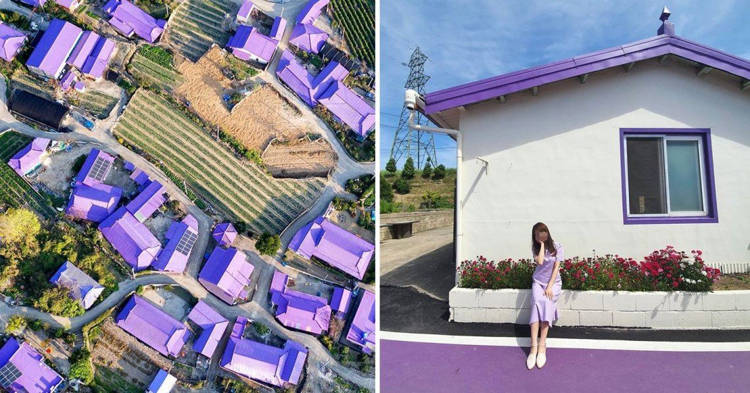
There are plenty of interesting places to visit in South Korea, but if you’re all about adding new and exciting content to your Instagram feed,
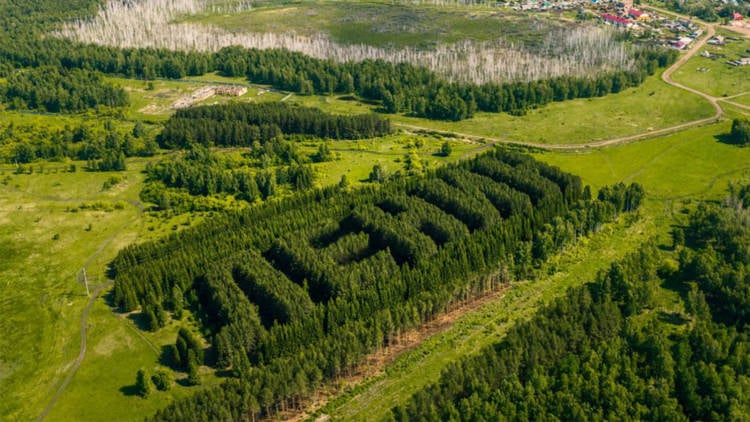
Vladimir Ilich Lenin, the founder and first leader of the Soviet Union, lives on in the hearts and minds of the Russian people, but also
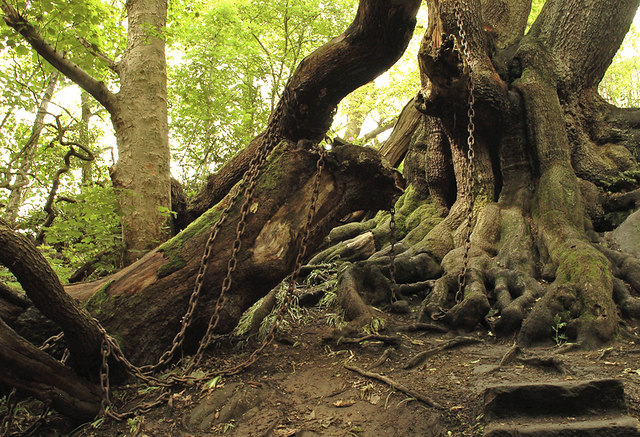
The county of Staffordshire, in central UK, is home to a mysterious and rather eerie attraction – an old oak tree with branches shackled in
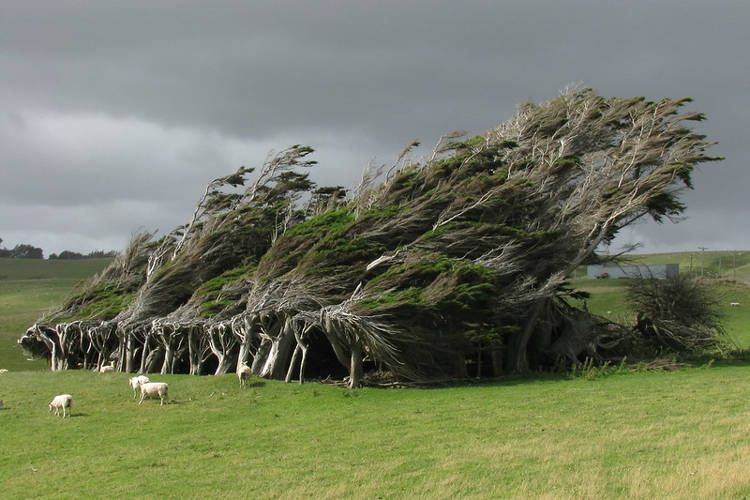
Slope Point is known for being the southernmost tip on New Zealand’s South Island, but also for hosting some of the strangest-looking trees in the
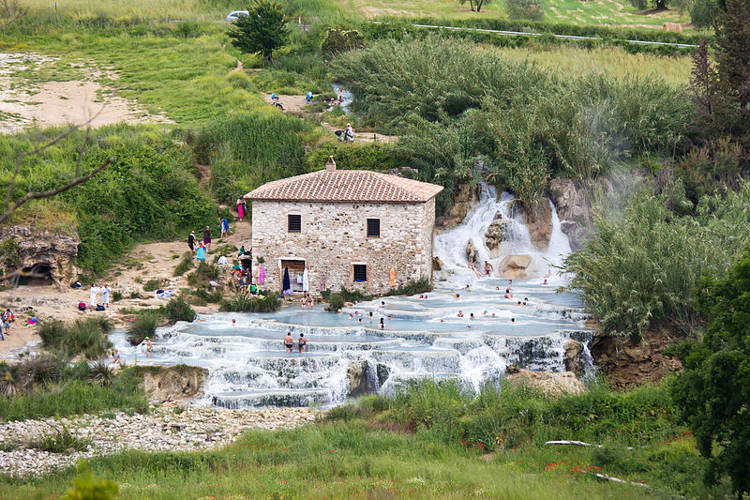
Among the rolling hills and vineyards of the Tuscan countryside lies one of the most stunning tourist attractions not only in Italy, but in the
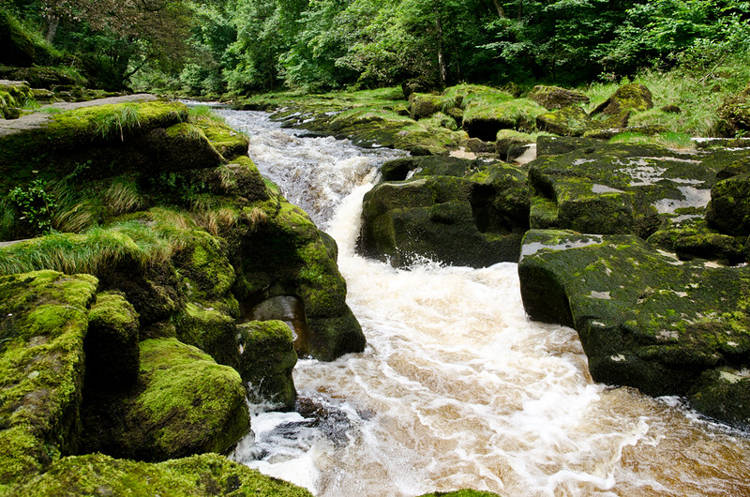
The Bolton Strid, a narrow segment of the River Wharfe in North England has a reputation that doesn’t quite suite its picturesque appearance – it
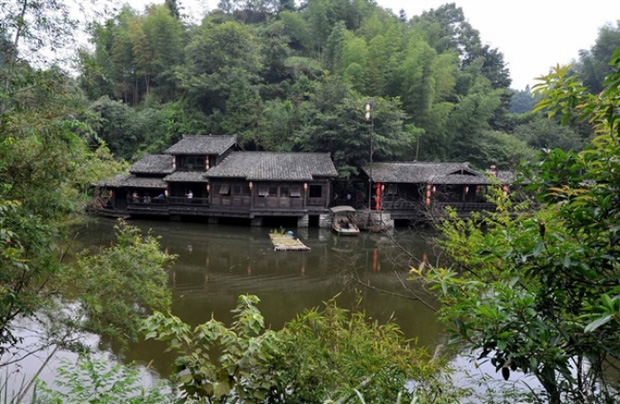
Surrounded by lush vegetation and dotted with ponds and pools of water, the Chinese village of Ding Wuling should be teeming with mosquitoes, especially during
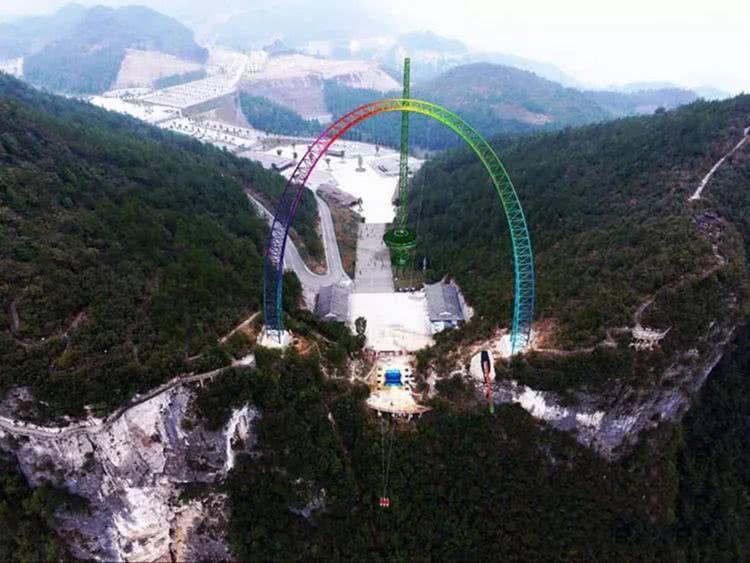
Yunyang Longgang Scenic Spot in Chongqing, China, has become home to what is being referred to as the world’s scariest swing, which can catapult thrill-seekers
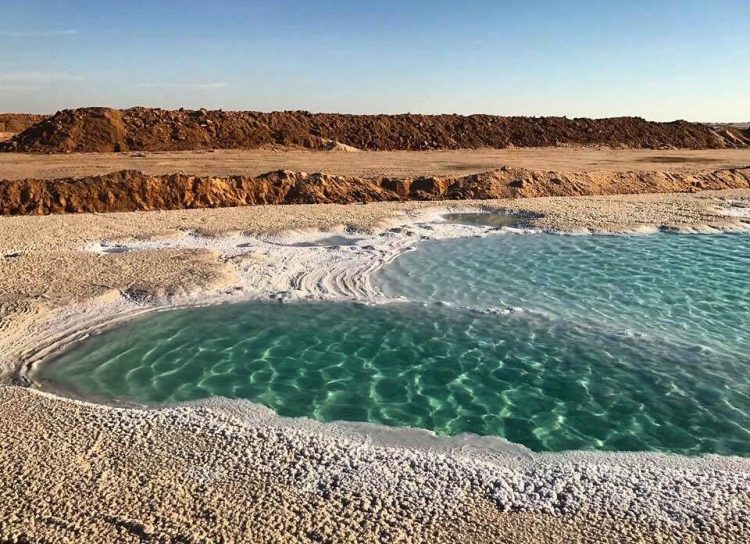
Siwa Oasis, one of Egypt’s most remote settlements, is also a popular tourist destination thanks in no small part to the stunningly beautiful salt pools

Restaurants have been among the most hard-hit businesses by the ongoing Covid-19 pandemic, but one venue in Bangkok, Thailand has come up with an ingenious
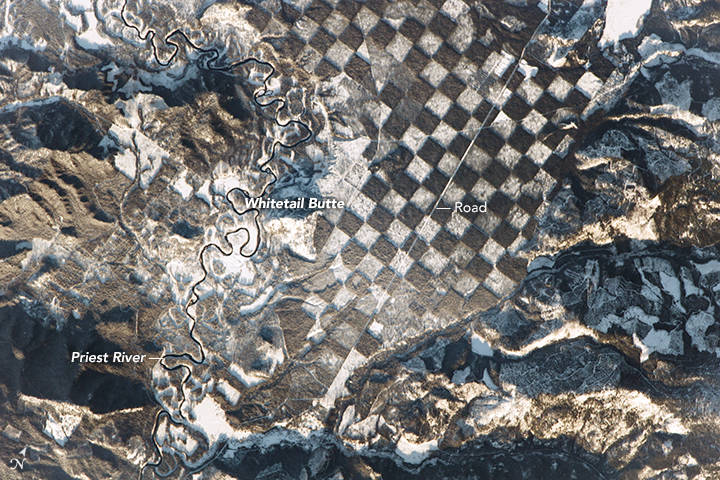
Idaho’s natural environment is famous for many things, including breathtaking beauty and fascinating wildlife, but perfect geometry isn’t among them. That’s why this photo of
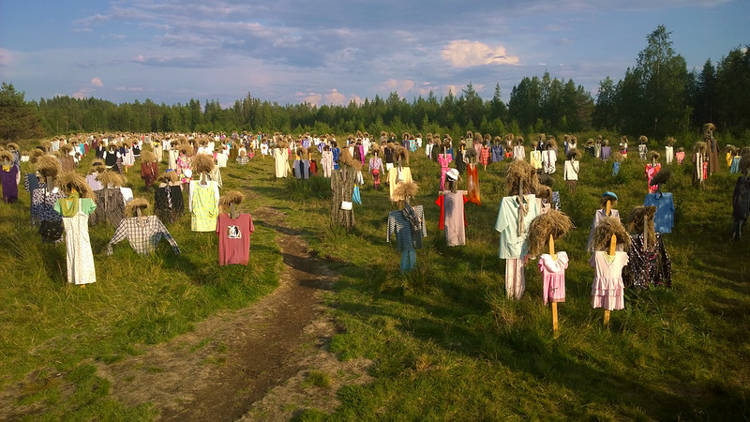
An eerie art installation located in a barren field in the Finnish countryside recently went viral after someone accidentally stumbled upon it while searching on
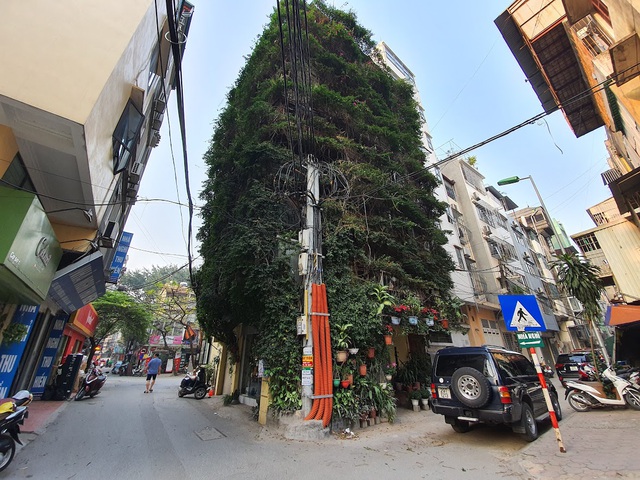
Located deep in Hanoi’s Dong Da district is one of the Vietnamese capital’s most unique landmarks – a 5-storey apartment buildings completely covered by a
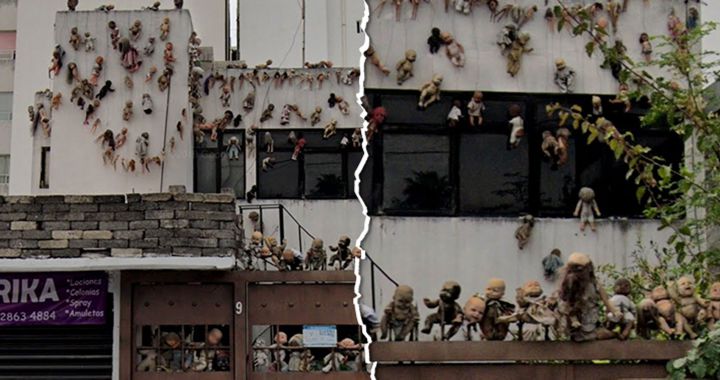
Avenida Iztacalco 9 in Mexico City was one of the most searched addresses on Google Maps this week, after photos of a creepy, doll-covered house